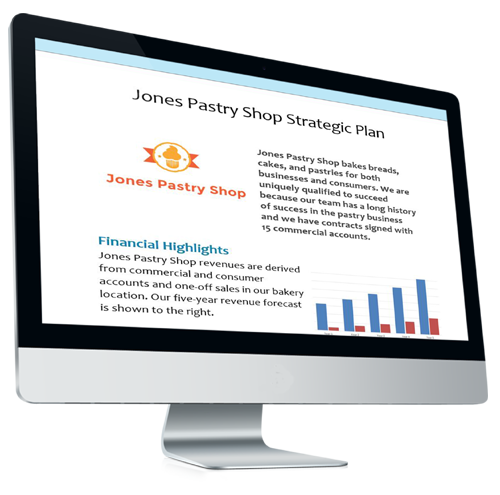Most businesses fail. I hate to be so blunt, but this is the truth. The only thing that varies is just how many businesses fail.
According to research from the University of Tennessee, 44% of businesses fail within the first three years. And within certain sectors, like information (which includes most technology companies), 63% fail within 3 years, or in Retail, 53% fail within 36 months.
On the other hand, according to research from Bradley University, 70% to 80% of new businesses fail within their first year. Bradley University also found that half of those who survive the first year will fail within the next four years.
And the number one cause of this failure? According to Dun & Bradstreet, the primary cause is lack of business planning.
Yes, entrepreneurs and business owners don’t plan to fail. Rather, they fail to plan (which causes them to fail).
In my view, there are two types of business plans; (1) the one you develop when you start your business, and (2) the one you develop to grow your business.
When you start your company, the purpose of your business plan is to ensure you have fully thought through your venture.
Among other things, this plan includes significant market research. It assesses your market size to ensure the opportunity is big enough. It analyzes customer segments to confirm that customer needs match your company’s proposed product and/or service offerings. And it analyzes the competition to determine how your company will position itself and how you will most effectively compete.
From a strategic standpoint, the business plan must document your marketing plan (how you will secure customers), your human resources plan (who you will hire) and your operations plan (what key milestones you will accomplish and when).
When you’re done, your business plan will confirm your market opportunity and give you a roadmap to follow. It will also be required should you wish to gain funding from investors and lenders.
Now, once your business is up-and-running, you still need a business plan in order to succeed. This is the second type of business plan, and I refer to this type of plan as a “strategic plan.” I term it as such because this type of plan requires much less research (since you already know who your customers are, the market fundamentals, and lots of information about your competitors). Rather, the focus of this plan is strategy.
Specifically, this plan needs to identify precisely:
- Where you want your company to be in five years
- What you need to accomplish within the next year to progress you to that point, and
- What your strategy is to complete your key milestones in the next 12 months
Finish Your Business Plan Today!
If you’d like to quickly and easily complete your business plan, download Growthink’s Ultimate Business Plan Template and complete your plan and financial model in hours.
In determining the optimal strategies, you need to consider your company’s strengths, and opportunities that can best leverage them. If you don’t take time to do this, you become too tactical. That is, you continue to use the same tactics that have gotten you to the point you are at. And oftentimes, the strategy and tactics that got you where you are today are NOT the strategy and tactics that will get you to the next level.
So, spend time figuring out the best strategies to follow. The good news is that you’ve already proven you can execute on strategies (which is what got you to where you are now).
After you figure out the big picture opportunities to go after (which often fall into the categories of further penetrating your existing market, going after a new market, or creating new products/services for existing and/or new markets), you need to revisit the three core strategies you developed in your initial business plan.
To start, you need to modify your marketing plan. Importantly, your marketing plan should always be adding new marketing venues or channels (e.g., direct mail, print, radio, search engine optimization, etc.) as the more channels you have, the more customers you will get and the less risk you have of one channel losing effectiveness. For example, think about businesses who used to get all or the majority of their customers from the yellow pages; many of these companies have perished.
Next, consider your human resources strategy. What new people will you need to hire to accomplish your key goals in the coming years? In what areas will you need people, and what skill sets must they have?
And finally, you need to develop your operations strategy. Figure out what key tasks and milestones you need to accomplish over the next year and break them down into smaller projects that you and your team must accomplish. And then create a master schedule showing who, how and when these projects will be completed (I like using a Gantt chart to do this).
Creating a simple business plan template when you start your company, and annually creating strategic plans to grow your company is absolutely essential to your success. Research proves it. So, if you want to avoid failure, and achieve maximum success, make sure you are continuously creating, updating and following your business and strategic plans.



